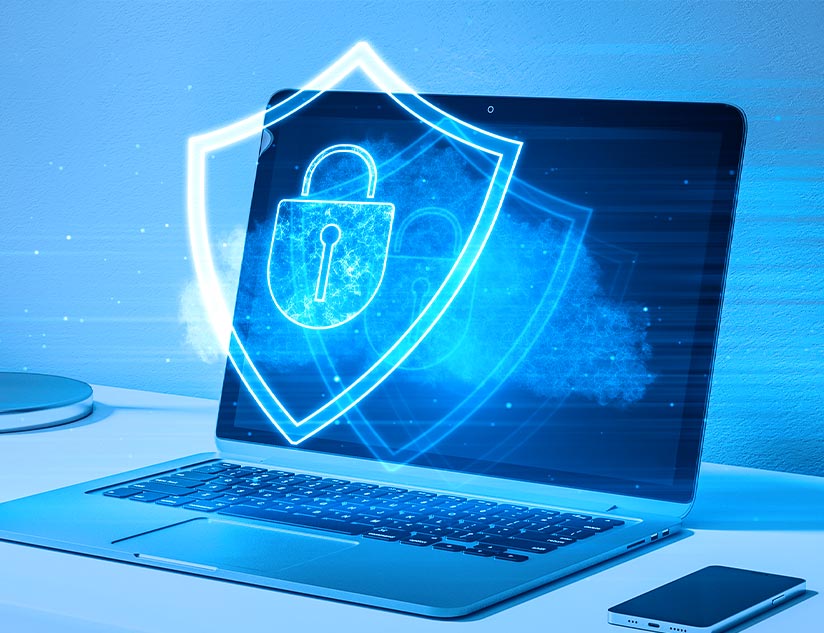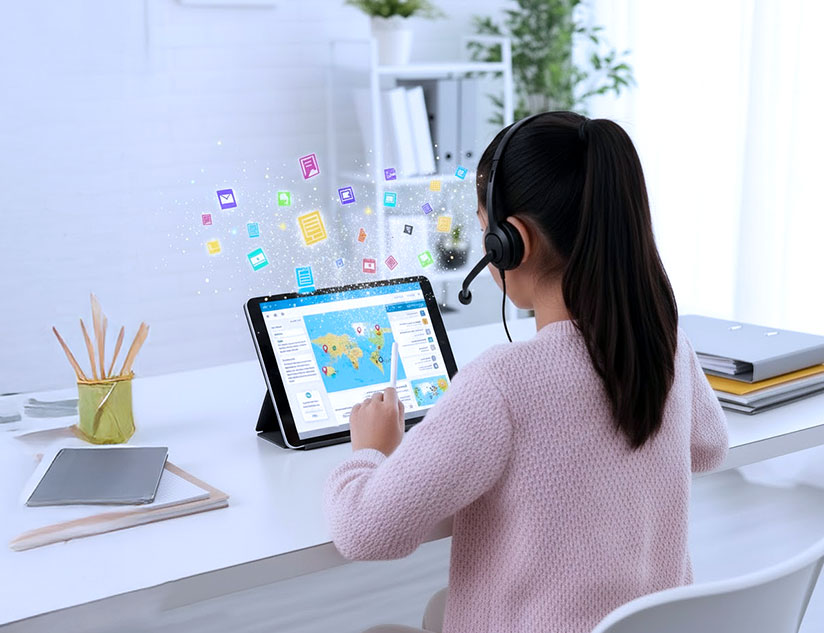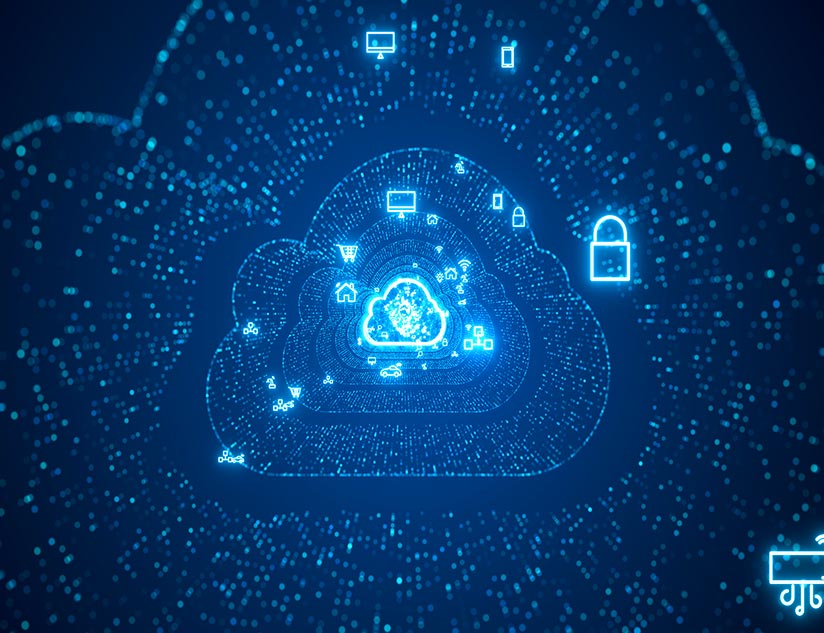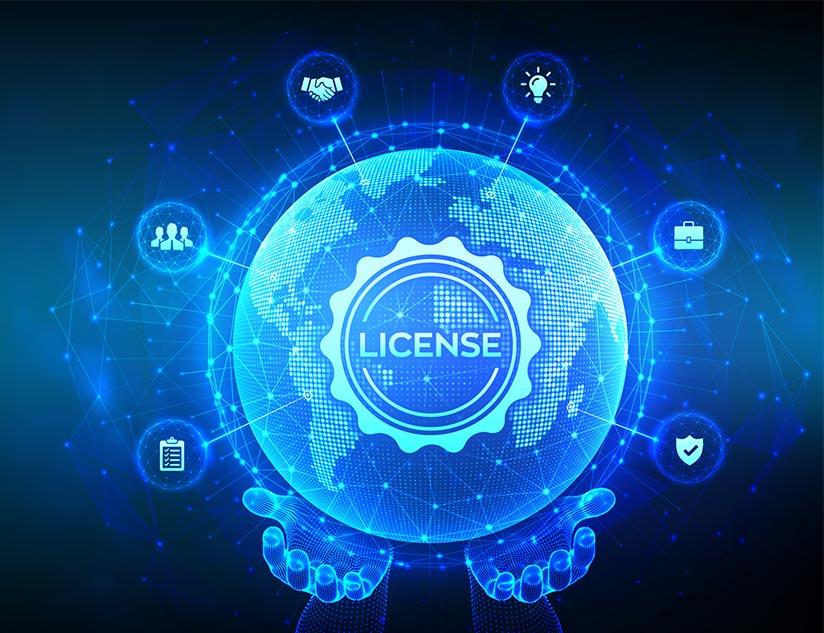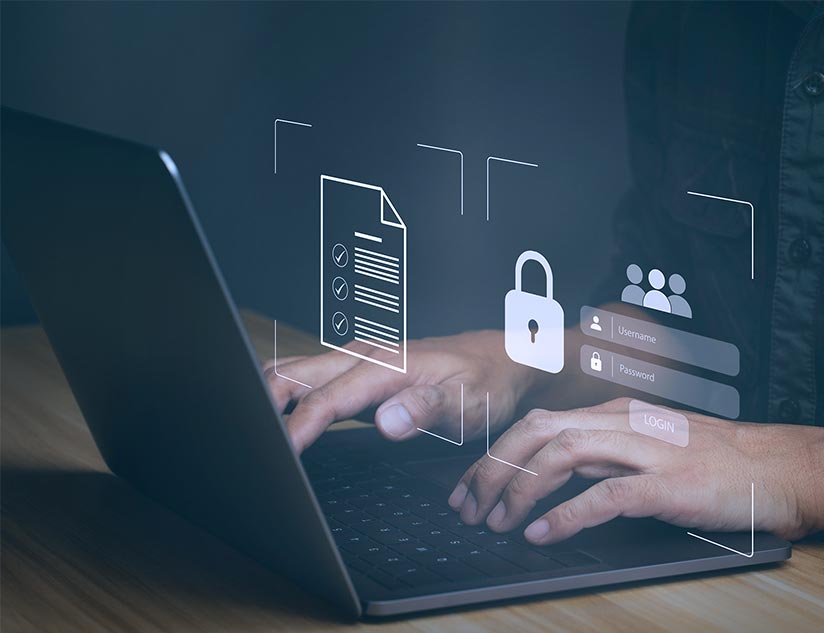With burgeoning digitalization across industries, the DRM solutions market is forecasted to reach $8.55 billion by 2029. Using powerful digital rights management tools is imperative for learning content distributed via online K-12 content distribution platforms. Educational publishers put a lot of thought, time, and effort in developing standards- and curriculum-aligned learning materials. These materials are designed to address learning goals, personal and special learning needs, compliance requirements, and much more. Integrating an exceptional digital rights management solution can be instrumental in ensuring the security of your learning resources.
Key Digital Rights Management Strategies for Educational Publishers
The education industry can take cues from OTT entertainment platforms and live sports/news broadcasters. These industries employ the highest standards of security for their intellectual property. Digital educational content is also intellectual property that can be monetized. However, you cannot maximize monetization unless you block all means of illegal replication and distribution of your assets. But how do you ensure highest standards of rights protection when you need to support multiple subscription models or when textbook piracy is committed through screen grabbing?
To begin with, it is vital to educate all users of a K12 learning management platform and those educational publishers involved in content distribution about piracy and the legal implications of using/sharing copyrighted content. However, this may not be enough. Your content distribution solution needs a robust technology-based DRM solution.
Digital Use Rights
The first step to ensuring that only authorized users have access to different types of learning materials is to integrate a digital rights management solution with your digital content distribution platform that supports role-based access. That means a student of grade 6 and their parents can only access the grade 6 learning material, assessments, and supplementary resources permitted for the learner’s course and individual journey. Such access can also be limited by time.
Restrictions on the Interface
A common practice among learners is to print or copy the content for later use. Preventing printing and screen grabbing is paramount. Disable content selection and copying for texts and images. For video content, use DRM encryption and watermarks to prevent unauthorized content redistribution from going unnoticed. However, to allow your students to continue learning offline, you can use an eReader that allows content to be downloaded and used on a single device.
Controlled Access Period
Time-bound or time-based access control is a great strategy to limit resource use. Timed access controls involve enforcing identity and access management (IAM), and identity-governed access (IGA) policies. Enforcing time limitations, such as specific hours of the day, or setting an access timeframe, encourages learning discipline and also ensures controlled content use. Digital rights management tools allow the automation of time-based controls. This facilitates load management and streamlines administrative tasks.
Device Limits
Restricting the number of devices that can log in and use the learning materials per identity can be of great benefit in protecting digital intellectual property rights.
Access Codes
Use different access codes for different user roles, such as teachers, students, parents, and administrators. Separate access codes for digital rights management facilitate IAM and IGA. The best practice is to abide by the principle of least privilege. Additionally, regularly monitoring and auditing the DRM solution across digital learning and content distribution channels can highlight bottlenecks and offer insights into improving access controls.
Tips to Implement Robust Digital Rights Management Practices
The key to ensuring top-notch security for your content distribution and learning platform is to choose the right DRM solution. Here’s what to look for:
– Role-based and time-bound access control policies.
– Exceptional screen and interface protection measures.
– Regular content monitoring and DRM audit reports.
– API-based integration to enable seamless integration with LMSs and content distribution platforms.
– Flexible and scalable access rights controls.
-Adaptability to incorporate the latest digital rights management technologies.
Partner with a Reputed DRM Solutions Provider
Adopting the latest models and techniques of instruction and assessments is paramount for K12 learning content distribution platforms to stay relevant and competitive in the perpetually evolving education landscape. A critical component of digitization is the protection of digital learning materials. With content storage moving to the cloud and access space expanding beyond the four walls of a classroom, protection of proprietary eLearning materials is critical. It is a little different from protecting the privacy of teachers and students from exposure or misuse. Content protection is about the intellectual property rights of educational publishers. The best technique is to integrate your digital learning and content distribution platform for K12 with a powerful digital rights management solution. Two key benefits of a robust DRM solution are that it protects your revenues and helps build user trust in their security as well, which fosters long-term loyalty. MagicBox™ is an award-winning digital learning management platform with a cutting-edge inbuilt DRM solution. Schedule a demo to learn how this cost-effective solution can support multiple subscription models while using the latest security technology to keep your intellectual property safe at all times.


